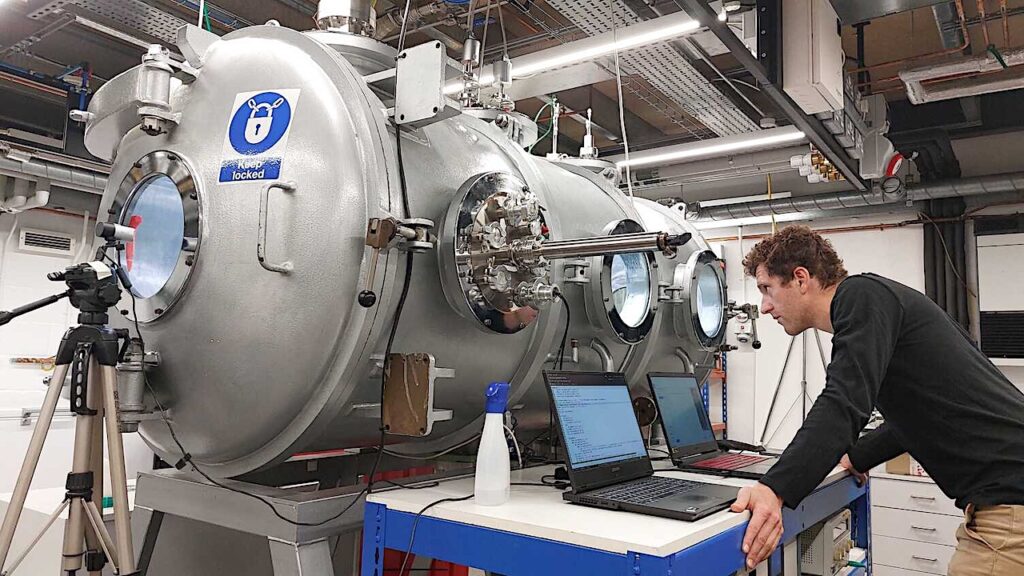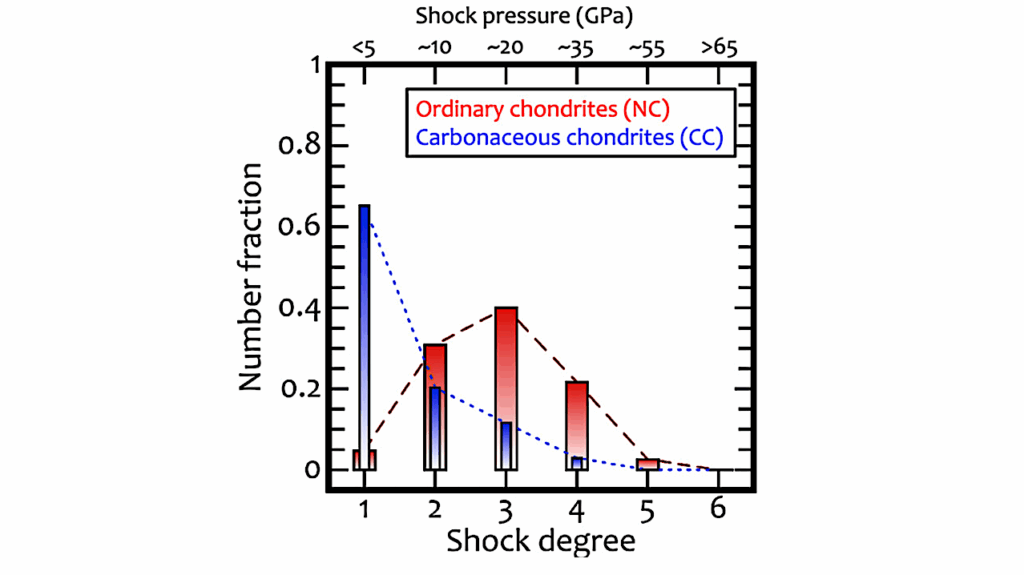Komatiites as Complex Adsorption Surfaces for Amino Acids in Prebiotic Environments, a Prebiotic Chemistry Essay

Komatiites represent the oldest known terrestrial rocks, and their composition has been cataloged as the closest to that of the first terrestrial crust after the cooling of the magma ocean.
These rocks could have been present in multiple environments on the early Earth and served as concentrators of organic molecules. In this study, the adsorption of five amino acids (glycine, lysine, histidine, arginine, and aspartic acid) on a natural komatiite, a simulated komatiite, and the minerals olivine, pyroxene, and plagioclase were analyzed under three different pH values: acid pH (5.5), natural pH of the aqueous solution of each amino acid and alkaline pH (11).
Adsorption experiments were performed in solid–liquid suspensions and organic molecules were analyzed by spectrophotometry. The main objective of this essay was to determine if the complex surfaces could have participated as concentrators of amino acids in scenarios of the primitive Earth and if the adsorption responds to the change of charge of the molecules. The results showed that komatiite is capable of adsorbing amino acids in different amounts depending on the experimental conditions.
In total, 75 systems were analyzed that show different adsorptions, which implies that different interactions are involved, particularly in relation to the type of amino acid, the type of solid material and the conditions of the medium.
Komatiites as Complex Adsorption Surfaces for Amino Acids in Prebiotic Environments, a Prebiotic Chemistry Essay, Life (Open Access)
by Abigail E. Cruz-Hernández, María Colín-García, Fernando Ortega-Gutiérrez and Eva Mateo-Martí
Life 2022, 12(11), 1788; https://doi.org/10.3390/life12111788
Astrobiology








